Did you know that 8 out of 10 people worldwide will experience low back pain at one point in their lives? That’s 80 percent of the population. That is a staggering number. What I want to talk about today is how acupuncture and Chinese medicine can help bring those people relief.
In this video I am sharing the risk factors, the causes and the western solution for low back pain. And of course, acupuncture and Chinese medicine common patterns & treatments to help relieve low back pain for each of our patients, because so many of them come through the door with chronic or acute low back pain.
I’m also going to share a personal story and a patient’s story that you are going to love because it completely transformed his view on acupuncture. I love those stories! 😍
Let’s continue to spread the healing power of TCM together and keep rocking it with acupuncture! 😍
Clara
TCM Geek
PS: if you enjoy my protocol for low back pain (as seen in the video below) and haven’t invested in my Chinese Medicine TREATMENTS Made Easy(PDF or Hard Copy) yet, get your copy here! 🙏
Acupuncture Points for Low Back Pain
Links mentioned in this video:
– The Complete Pregnancy and TCM Treatments Online Course
– The Acupuncture MSK Manual Online Course by Rebecca Stephens
Causes of Low Back Pain
Low back pain can arise from various causes, including:
- Muscle Strain and Ligament Sprain: Often due to heavy lifting or sudden awkward movements.
- Herniated Discs: Occurs when the soft center of a spinal disc pushes through its outer layer, potentially pressing on nerves.
- Degenerative Disc Disease: Age-related wear and tear on spinal discs.
- Arthritis: Osteoarthritis can affect the lower back, leading to pain and stiffness.
- Spinal Stenosis: Narrowing of the spinal canal that causes nerve pressure.
Risk Factors for Low Back Pain
Several factors can increase the likelihood of developing low back pain:
- Age: Risk increases with age, particularly from the 30s and 40s onward
- Lack of Exercise: Weak, unused muscles in the back and abdomen can lead to pain
- Excess Weight: Puts additional stress on the back
- Smoking: Damages blood vessels and reduces blood flow to the spine
- Poor Posture: Can exacerbate existing pain
- Psychological Factors: Stress, anxiety, and depression can contribute to back pain
- Physical Stress: Jobs or activities involving heavy lifting, bending, or prolonged sitting can increase risk
Best Acupuncture Points for Low Back Pain
Acupuncture is an effective treatment for low back pain, with these specific points known to provide relief:
- BL23: Back-Shu point of Kidney (the lower back relates to KD in TCM)
- DU 4: great for Low back pain due to yang deficiency (a great acupuncture point to Moxa)
- SP 6: Commander point of the hip and pelvic area which often relates to low back pain (especially in women’s health)
- BL40: Commander acupuncture point of the lower back
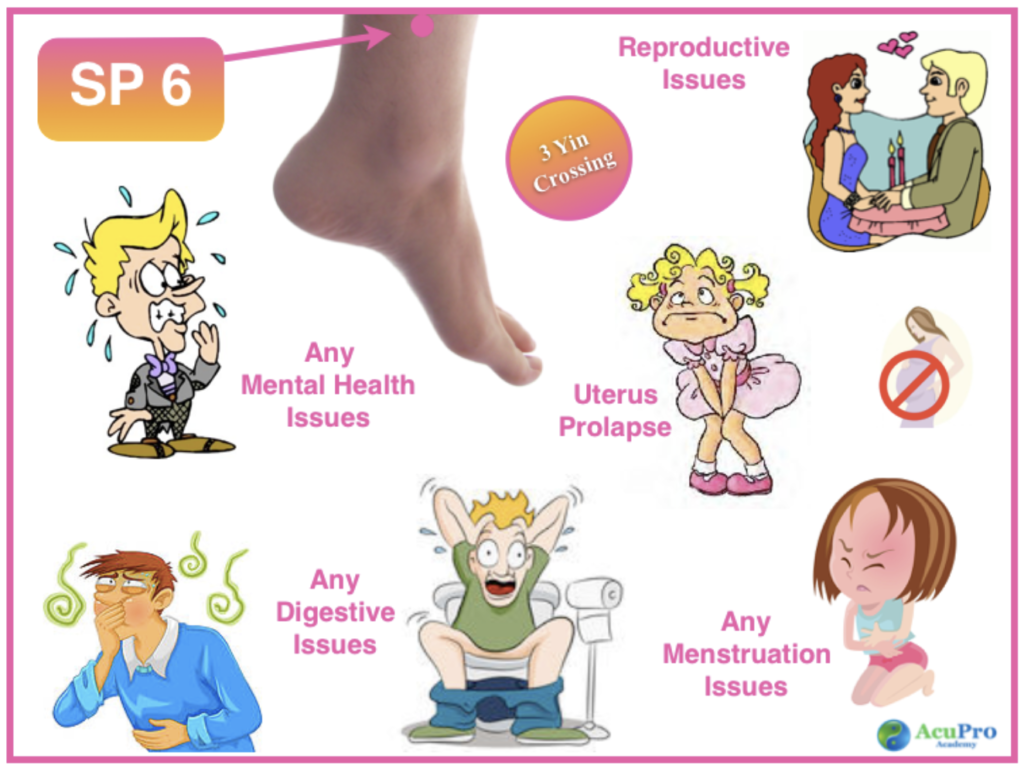
Treatment Options for Low Back Pain
In addition to acupuncture, several other treatment options can be utilized:
- Cupping: Creates suction on the skin to improve circulation and relieve muscle tension.
- Electroacupuncture (E-stim): Enhances acupuncture effects with electrical stimulation.
- Moxibustion: Uses heat from burning mugwort to warm the channels and relieve pain.
- Gua Sha: A scraping technique that promotes blood circulation and relieves tension.
- Herbal Medicine: Customized formulas to address underlying imbalances causing pain.
Low Back Pain Patient’s Education and Managing Expectations
Educating patients about their condition and treatment plan is crucial:
- Set Realistic Goals: Explain that while some may experience immediate relief, others might require several sessions.
- Lifestyle Advice: Encourage regular exercise, proper posture, and stress management to support treatment outcomes.
- Potential Sensations: Inform patients about what to expect during and after treatment, including possible sensations and minor side effects.
Follow-up care for Patients with Low Back Pain
Regular follow-up sessions are essential to monitor progress and adjust treatment plans:
- Schedule Consistently: Ensure continuity of care with regular appointments.
- Patient Feedback: Encourage feedback to tailor treatments and address concerns promptly.
- Ongoing Support: Offer resources like educational materials or workshops to keep patients informed and engaged.
By understanding the causes and risk factors of low back pain and utilizing effective acupuncture points and complementary tools, practitioners can offer comprehensive care to their patients, promoting relief and overall well-being.
Connect with me on social media at AcuPro Academy on Facebook, Instagram, YouTube, TikTok, Pinterest, and Twitter!
💕 And if you’d like more content, please continue to support my creations by subscribing, connecting, liking, sharing, and commenting on my posts! That’s how I know you enjoy them! Much appreciated 🙏

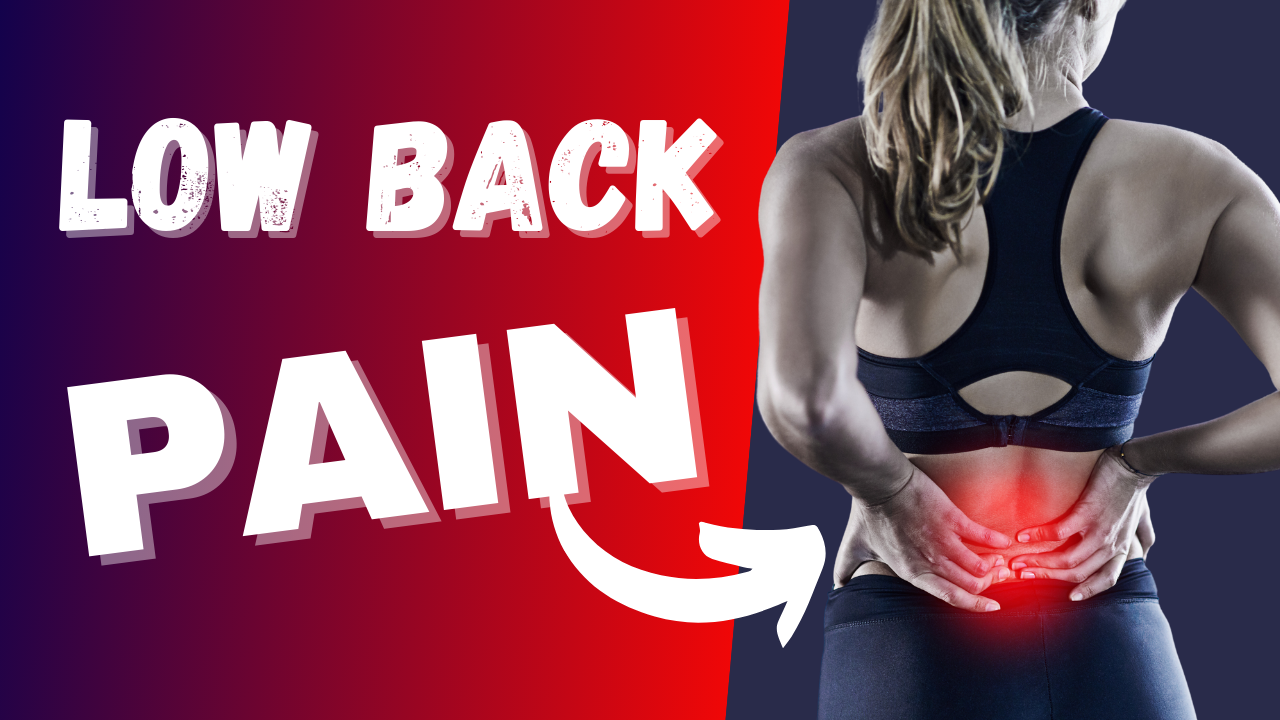
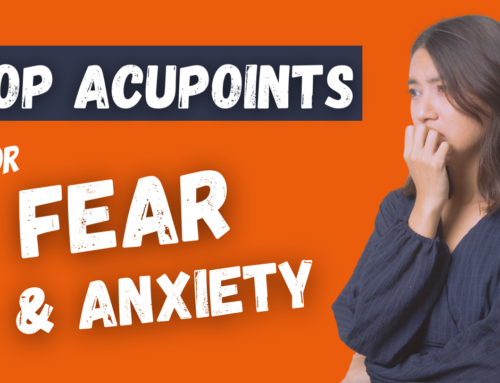
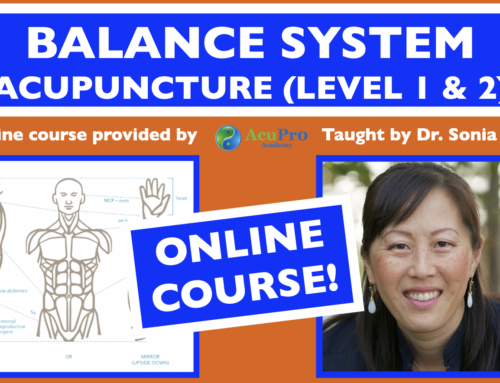

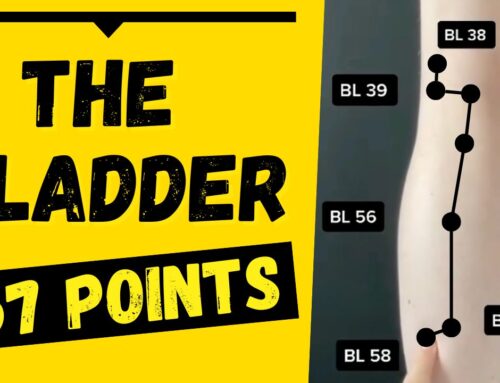
Leave A Comment